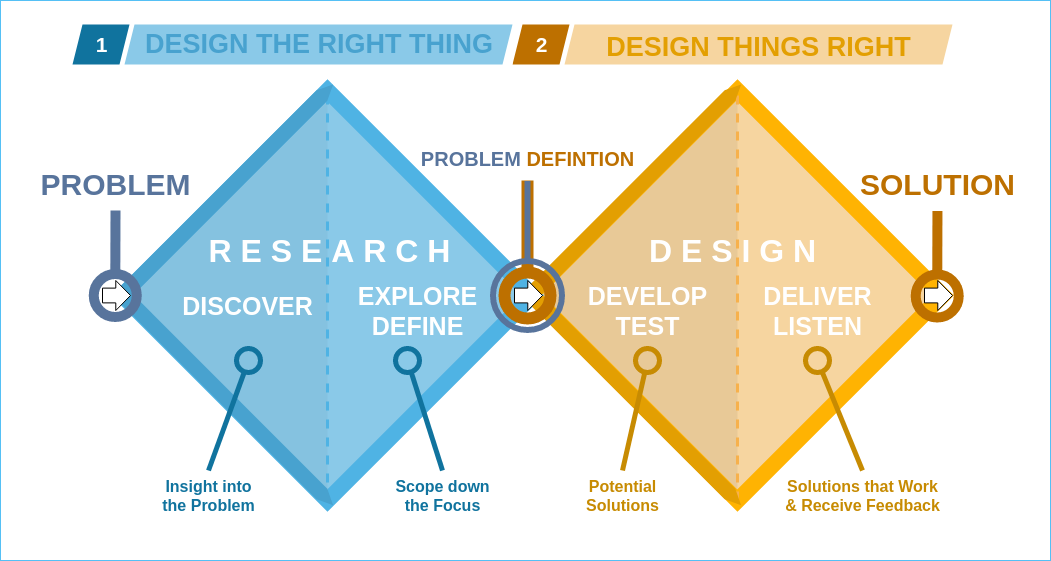Creativity and the importance of the creative process
What is creativity? What makes us creative?
Where do the sparks of creativity come from? Depending on who you ask, you’ll no doubt receive a different answer. The ancient Greeks believed that creativity was a divine spirit that came to us from some distant and unknown source. The Greeks identified this divine spirit of creativity as 'Daemons'. Romans called the same type of sprint ‘Genius’. The science of what makes us naturally creative remains somewhat of a mystery, even with astounding advancements in neuroscience with FMRI scans that show areas of the brain “firing” when activated — we’re still pretty stumped when it comes to the pure manifestation of ideas.
"Creativity involves two processes: thinking, then producing. Innovation is the production or implementation of an idea. If you have ideas, but don't act on them, you are imaginative but not creative.” - Linda Naiman, What is Creativity?
Creativity — The expression of a unique idea, showing either value in application or value in of itself gratuitously.
Creative process and how it works
Instinctively us humans are very creative, we’ve evolved to problem solve and to think out side the box for our very survival — but for the modern human, working in any field requiring creative solutions, an organised and clinical approach is important. Here’s where the creative process shows it’s value — I say “the creative process” but there isn’t just a single process to rule them all, your processes should be appropriate and flexible, it should fit both 1.) Your natural thought style, and 2.) The particular creative challenge that you’re faced with — be it a marketing campaign for a festival or a humble greeting card message.
Here’s a diagram of a typical creative process, occasionally called design process or development flow. Let’s unpack the steps bellow.
Research Phase — To begin, we need to establish the problem or challenge we’re faced with. Insite into the proposed challenge will allow us to refine and focus our research towards the right kinds of solutions.
Design Phase — We’ve identified the problem, it’s time to generate and develop ideas. Producing an array of potential solutions we can now evaluate how successful an idea is or isn’t. A spread of impartial responses on a concept can further define its effectiveness as a good solution, with a/b testing and user or market testing.
After this process and a further refining of the most successful concept, we should have our solution. If not, start the process again.
It’s methodical and intentionally so, this functions to detach us from our typical and potentially biased creative habits. Any creative process is a dance between the subjective and the objective, the unconscious and conscious mind, madness against method, solitary reflection and active collaboration.
The importance of process
A common pit fall for the creative thinker is thinking their initial idea is the best solution — why spend time developing other ideas that will end up in the bin? I myself battled with this mindset throughout my career as a designer. Simply put — It helps us go beyond our first ideas and come up with more innovative, accomplished concepts and less predictable ideas that we may never have realised without working them through.
Pablo Picasso had the habit of working in his studio until 4 or 5 am, nights are exceptionally quiet and allowed him to work in silence and without interruptions.
Curate your own method, realise who you are as a painter, a designer, a writer or a musician and define steps that compliment your creative flow.
